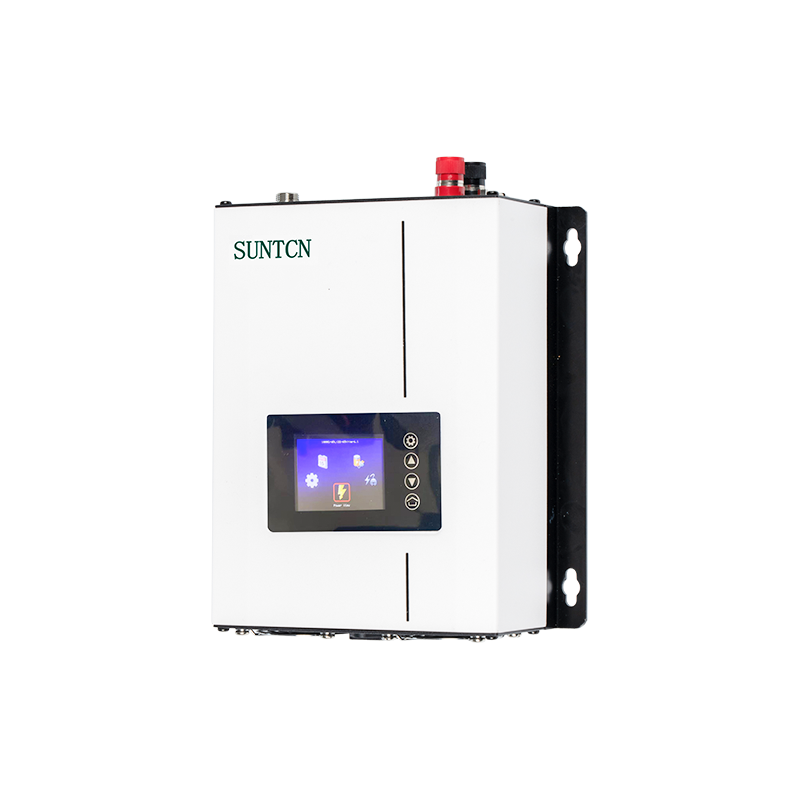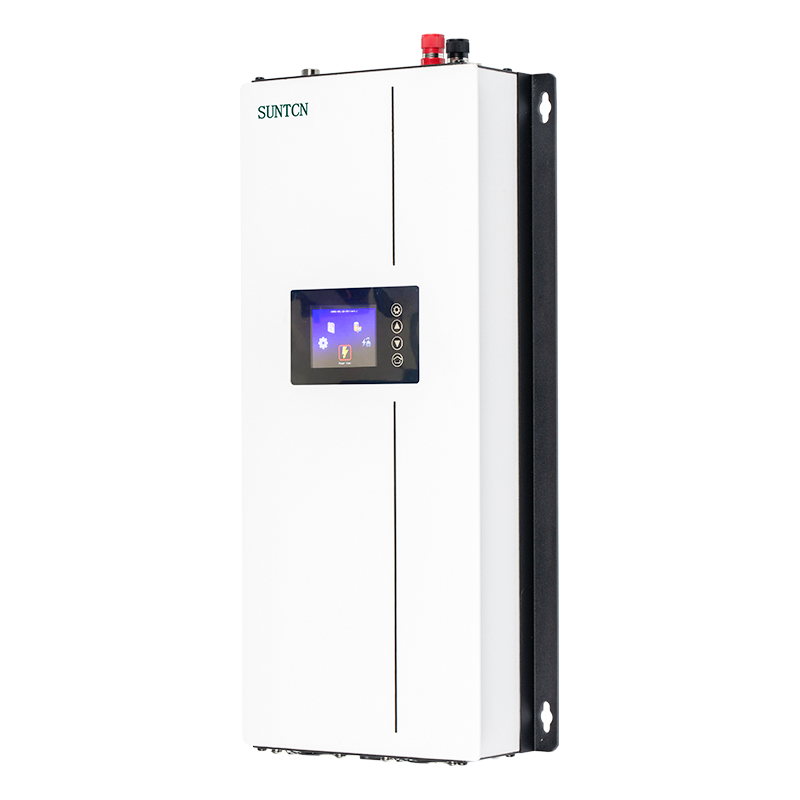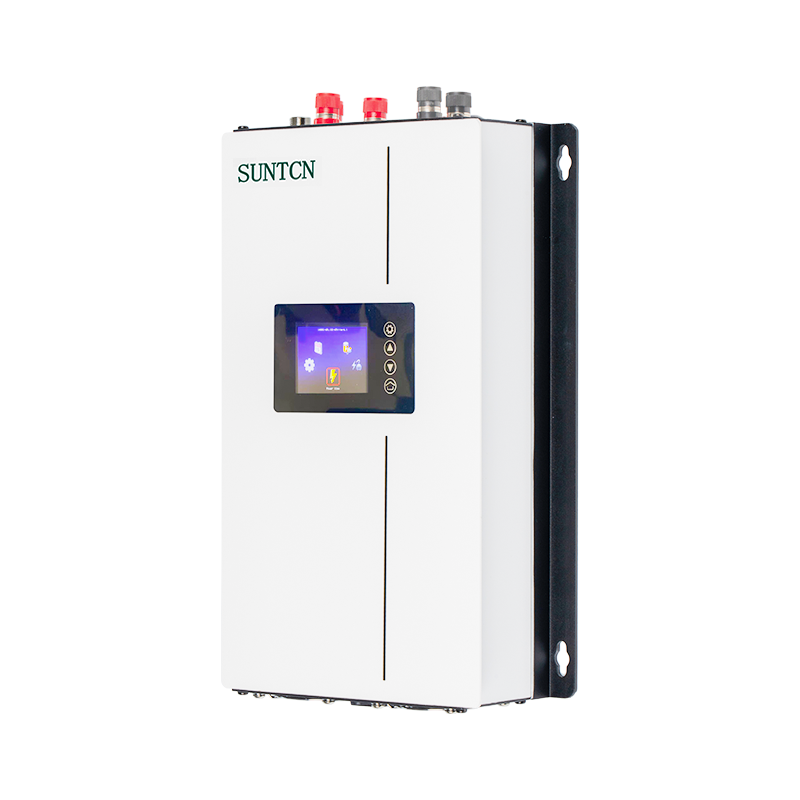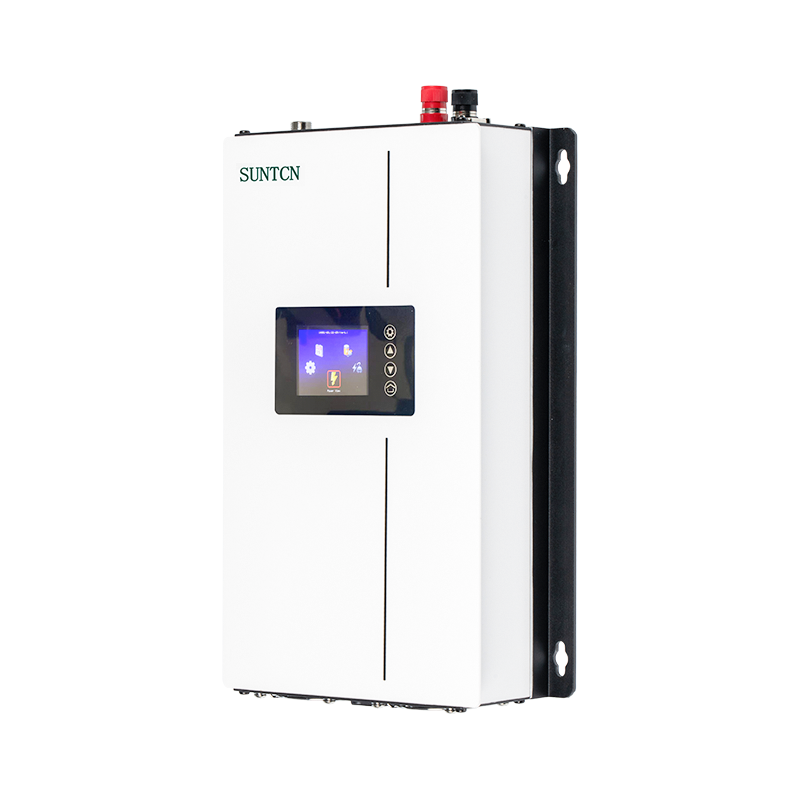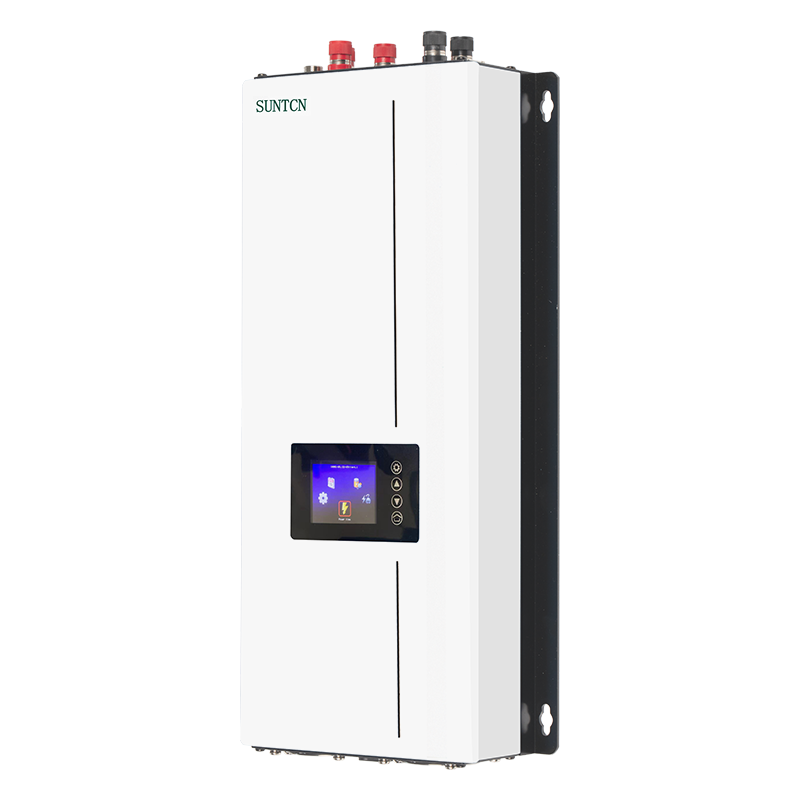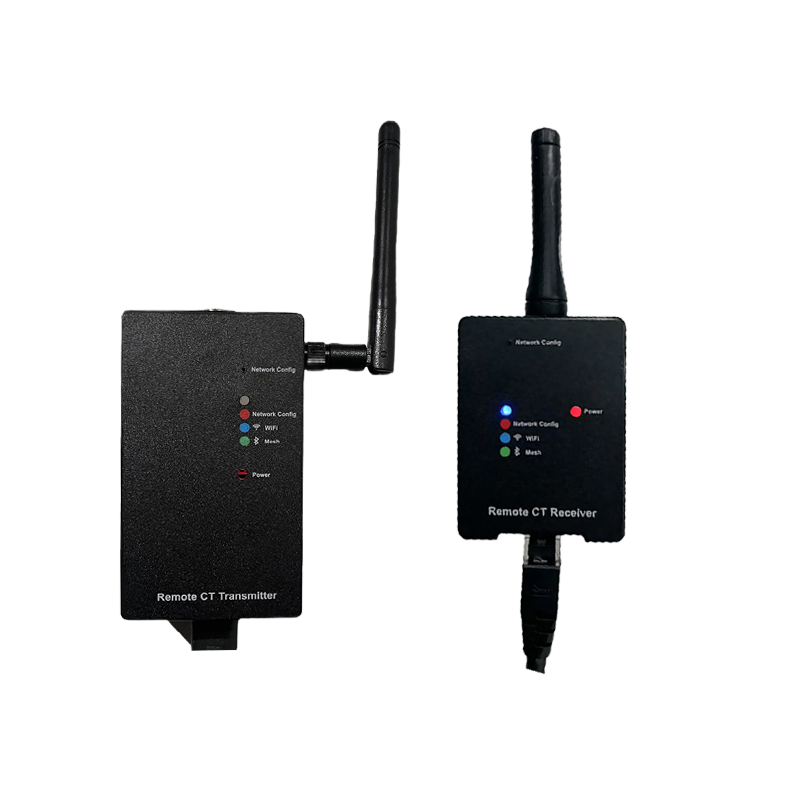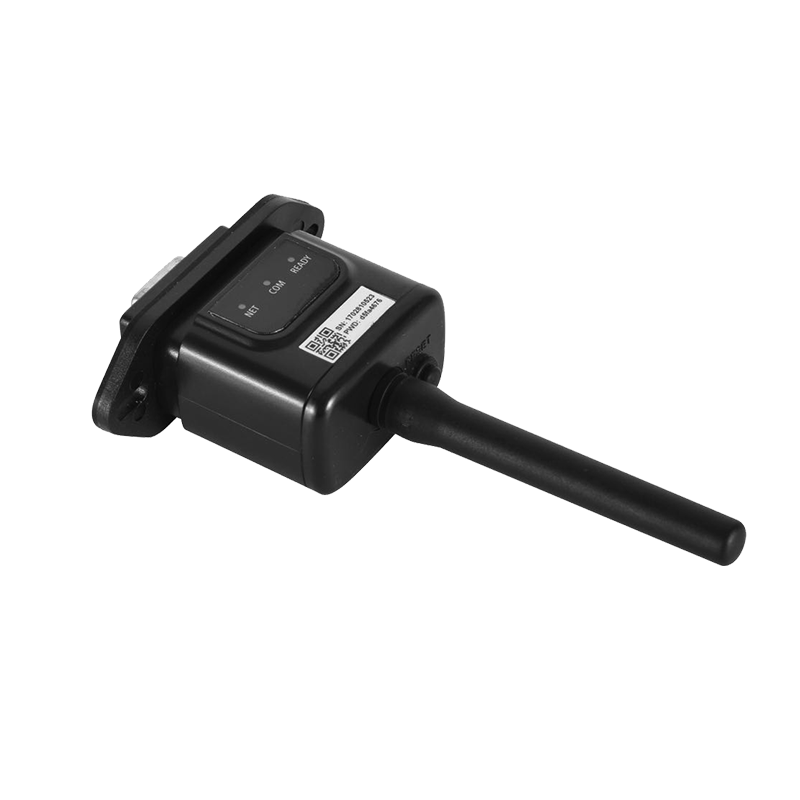The primary difference between a grid-tie inverter and an off-grid inverter lies in their connection to the electrical grid and their functionality. Here's a detailed comparison:
Grid-Tie Inverter:
Connection to the Grid:
Purpose: Designed to work in conjunction with the public electricity grid.
Operation: Converts DC power generated by renewable sources (like wind or solar) into AC power and feeds it into the grid.
Grid Interaction:
Synchronization: Synchronizes the phase and frequency of the AC output with the grid.
Excess Power: Any excess power generated that is not used by the household is sent back to the grid, potentially earning credits or payments through net metering.
Dependence on Grid:
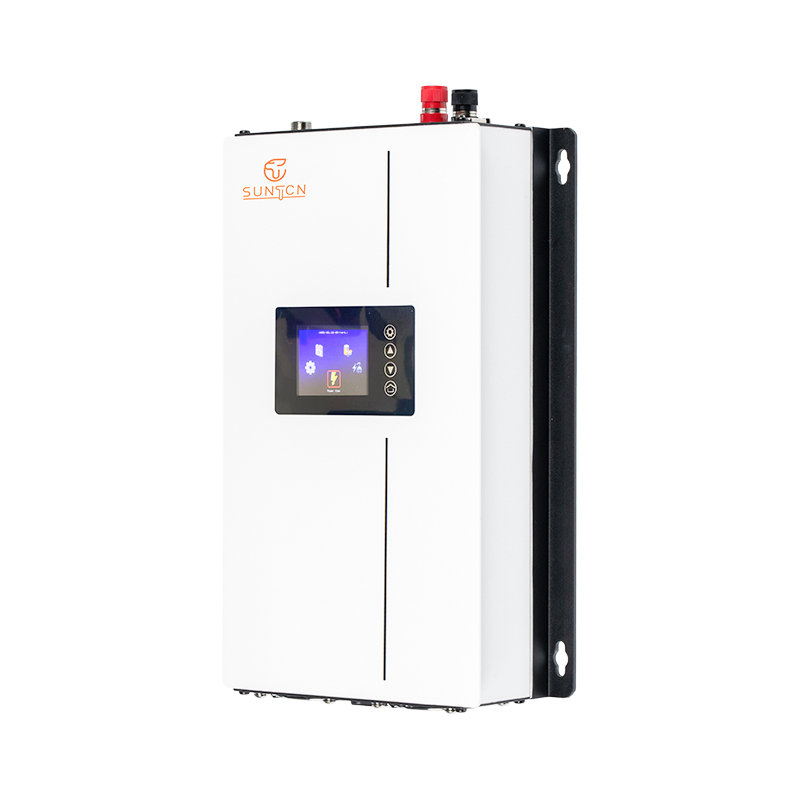
Functionality: Requires the grid to be operational to function. If the grid goes down, the inverter shuts down to prevent feeding power into a potentially damaged grid (anti-islanding protection).
No Battery Storage:
Storage: Typically does not use battery storage, as the grid acts as a virtual battery.
Off-Grid Inverter:
Independent Operation:
Purpose: Designed to operate independently from the public electricity grid.
Operation: Converts DC power from renewable sources or batteries into AC power for local use.
No Grid Connection:
Grid Interaction: Does not connect or feed power into the grid. It is entirely self-sufficient.
Reliability:
Functionality: Can function without the presence of the grid, providing power in remote or isolated locations.
Battery Storage:
Storage: Often paired with a battery bank to store excess power for use when renewable generation is low (e.g., no wind or sun).
Backup Power: Provides continuous power supply by drawing from the batteries when renewable sources are not producing energy.
Key Differences Summarized:
Connection: Grid-tie inverters connect to the grid; off-grid inverters do not.
Dependence: Grid-tie inverters need the grid to function; off-grid inverters operate independently.
Energy Storage: Grid-tie inverters typically do not use batteries; off-grid inverters rely on battery storage.
Power Feeding: Grid-tie inverters feed excess power back to the grid; off-grid inverters store excess power in batteries.
Use Case: Grid-tie inverters are suitable for areas with reliable grid access; off-grid inverters are ideal for remote areas without grid access or for users wanting complete energy independence.
Hybrid Inverters:
There are also hybrid inverters, which combine features of both grid-tie and off-grid inverters. They can interact with the grid, provide backup power from batteries, and offer flexibility in energy management. Hybrid inverters are designed to provide the benefits of both systems, ensuring power supply during grid outages and optimizing energy use and storage.

 English
English Español
Español Deutsch
Deutsch